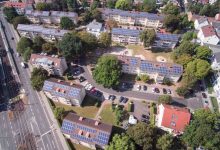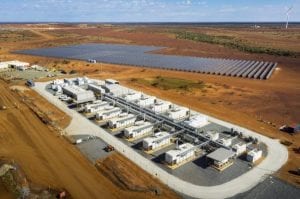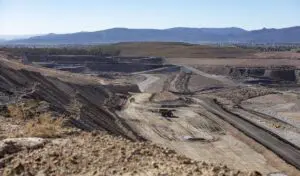Carsten Körnig, head of industry lobby group BSW Solar, said the push by private homeowners in the energy crisis to become more independent regarding electricity supply had greatly helped boost expansion to record levels.
Given the challenges arising from inflation and higher interest rates, it would now be necessary to also incentivise corporate users to invest in solar PVinstallations to uphold the positive trend.
At a first summit in March, the framework for expansion volumes, support rates, and regulations had been prepared, Habeck said.
The task now would be to go into the details of licensing and implementation and work on additional challenges, such as establishing European production capacities and securing enough skilled workers to carry out installations. Key aspects of the strategy include:
- Annual expansion of 11 GW ground-mounted installations by 2026; securing sufficient land area, reducing planning and licensing barriers and implement “innovative concepts” such as Agri-PV on farmland or Floating-PV on waterbodies
- Annual expansion of 11 GW roof-mounted installations by 2026; improve installations on large commercial buildings
- Increase the use of tenant electricity schemes and expand installed capacities on apartment buildings; simplify rules for so-called ‘balcony power plants’ with small solar PV installations
- Achieve greater public acceptance by offering participation for municipalities and citizen initiatives
- Enable Germany and Europe to cover most demand with domestic production by building up production capacities in the entire manufacturing process.
Meanwhile, fossil gas use by private households, industry and power stations in Germany fell 23 per cent in the second half of 2022, compared to the same period in the previous year, according to a report by the Hertie School’s Centre for Sustainability.
The gas savings were not a one-off weather effect, but the result of a fundamental change in consumer behaviour, the Centre wrote in a press release.
“That is a fundamental shift and much more than most experts, including ourselves, expected at the beginning of the crisis,” lead-author Oliver Ruhnau said.
The researchers found significant and substantial gas savings within all consumer groups, but with differences in timing and size. Industry started reducing their consumption as early as September 2021, while small consumers saved substantially since March 2022.
“For small consumers, including households and small enterprises, savings peaked in September 2022 at 28 per cent and remained high throughout the winter,” researcher Clemens Stiewe said.
First reported by Clean Energy Wire. Reproduced with permission.










